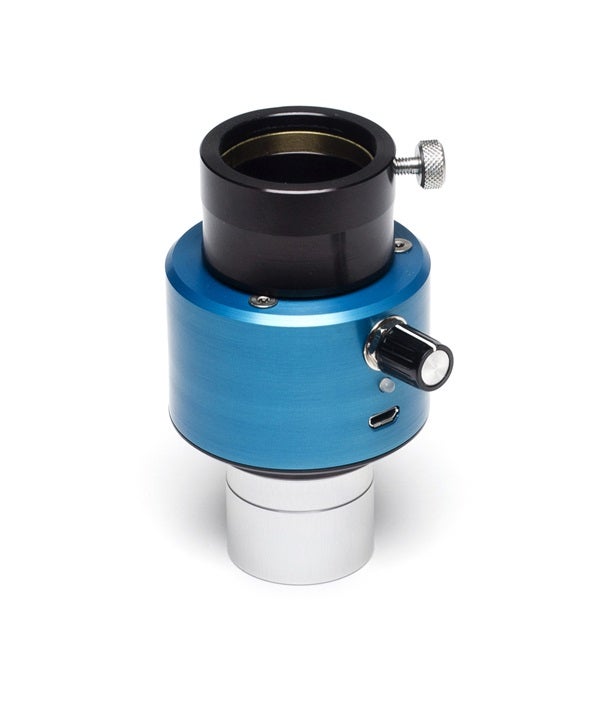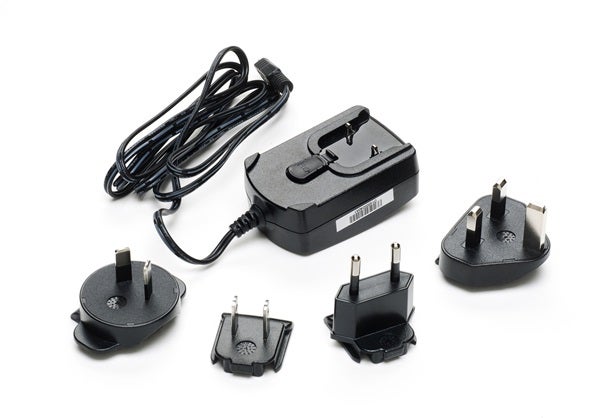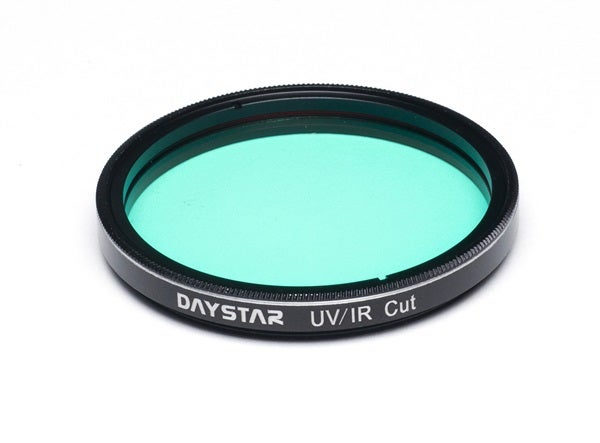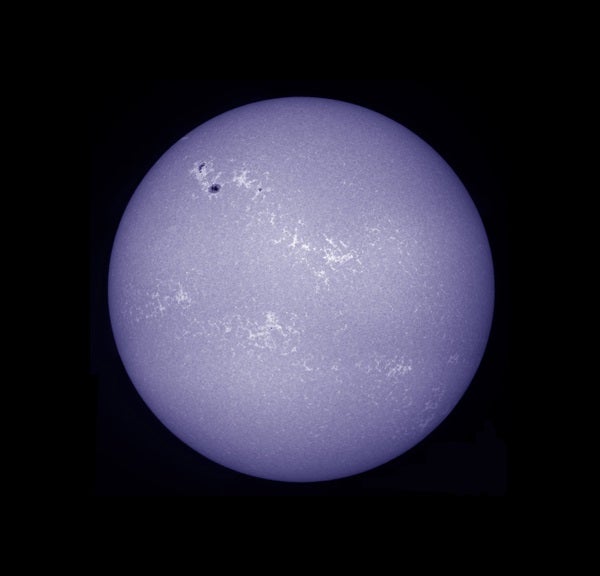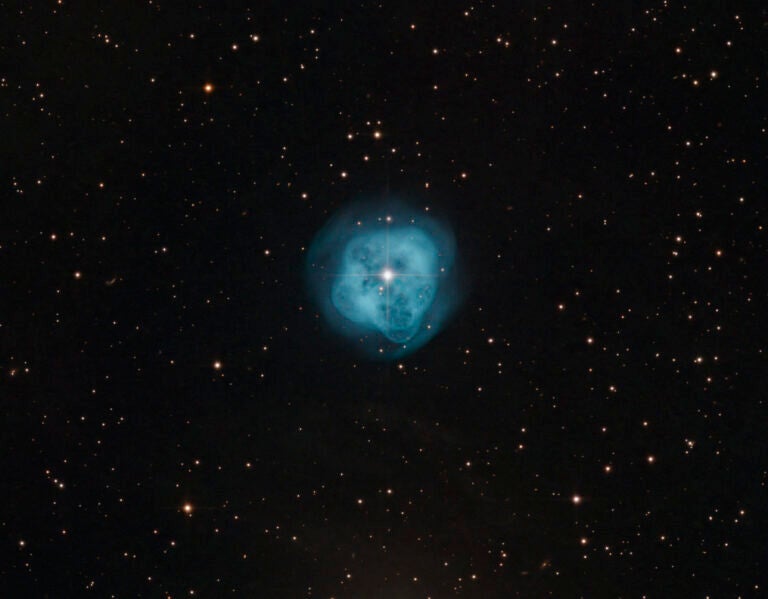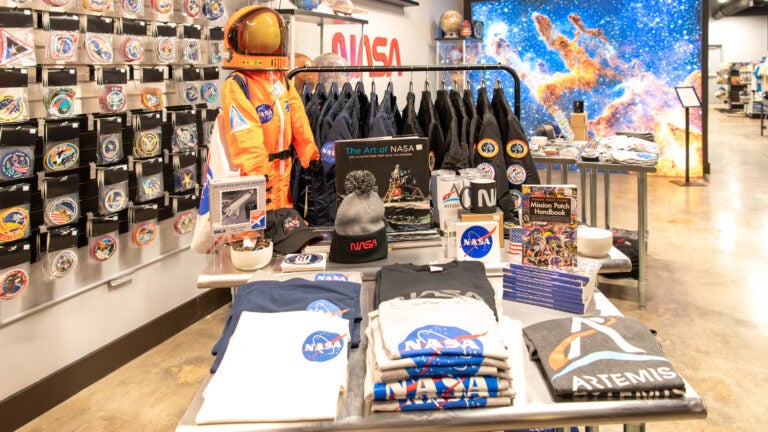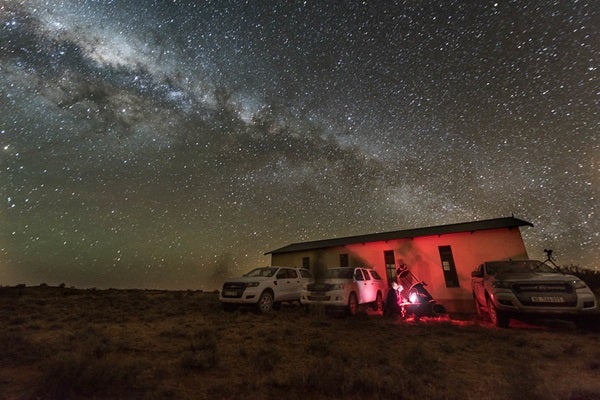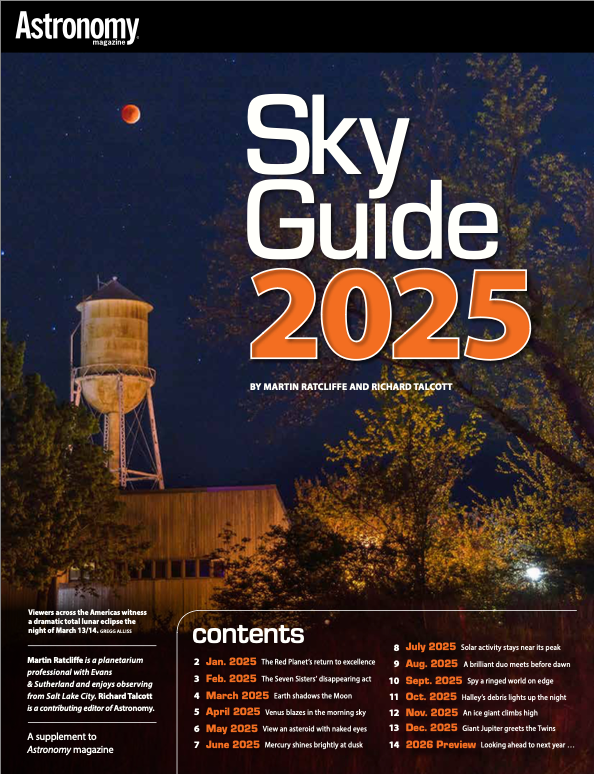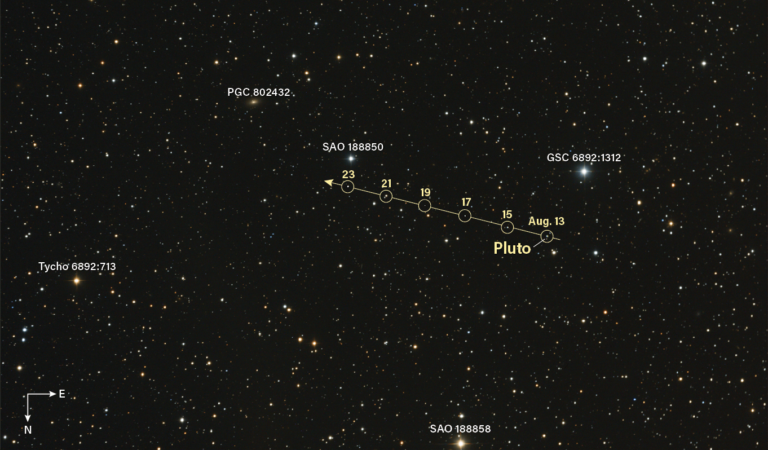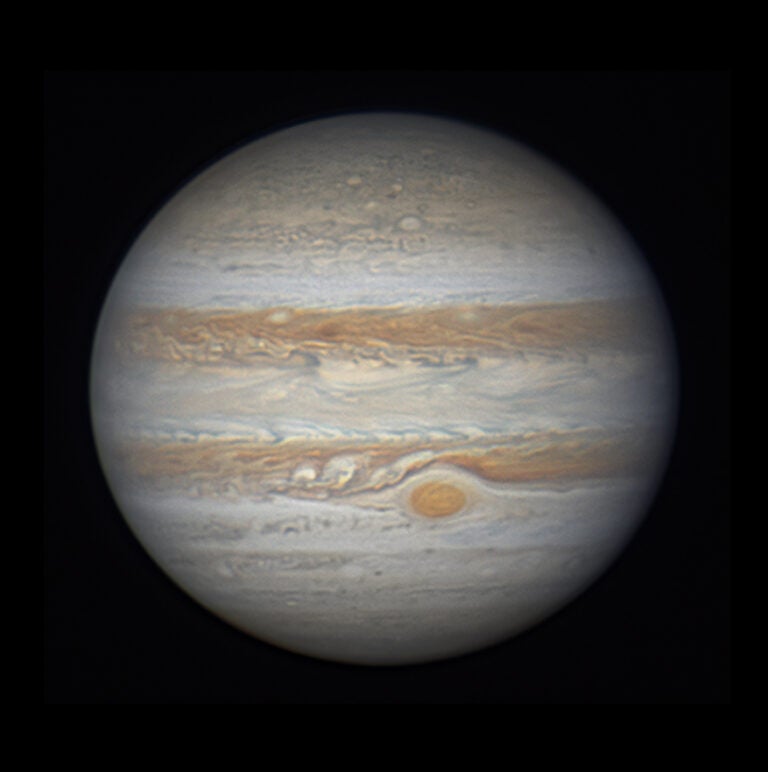And when it comes to the calcium band of wavelengths, observations have been used for research but are somewhat of an oddity among amateur astronomers, particularly visual observers. DayStar wants to change that with the Calcium Quark — an eyepiece-sized, powered, tunable, calcium H-line filter.
Why calcium?
Observations using calcium wavelengths allow studies of the solar chromosphere, a 1,200-mile (2,000 kilometers) thick slice that sits between the photosphere and the solar transition region. The chromosphere doesn’t look good in visible-light wavelengths. A calcium filter also allows us to see plages, faculae, sunspots, active regions, and (although fainter in calcium than Hα) flares and prominences.
Because the visual spectrum ends at around 400nm, however, the further we go below this limit, the harder it is for amateur astronomers (especially older ones) to discern details with their eyes, so the H-line is a better fit. Imaging benefits related to the H-line are mainly improved quantum efficiency and better transmission characteristics. For these reasons, DayStar chose the H wavelength for its Calcium Quark.
In the box
The product arrived in a nondescript white box containing the Quark; a hard plastic bolt case for protection; a 1.5-amp, 5-volt micro-USB power supply with four swappable international power plugs (a nice touch for travelers); and both normal and extended 1¼” adapters to connect the Quark to your telescope. An optional 2″ adapter tube, which fits larger focusers, was included.
Regarding the telescope, DayStar recommends a refractor operating at full aperture between f/7 and f/30 to allow the filter to work correctly. The company does state that shorter focal ratios are usable with either a 2x or 2.5x Powermate, a device sold by Tele Vue Optics that performs like a Barlow lens.
Additionally, DayStar cautions its users not to couple the Quark to a refractor that has an integrated rear field flattener or those that incorporate a Petzval design. On the plus side, because the Quark is a line filter, it doesn’t need an apochromat — any achromatic refractor will do. DayStar also urges customers to take special considerations if using the Quark with a telescope that has an aperture greater than 6 inches (150 millimeters). In such cases, the company recommends you contact them for specific advice.
For safety, DayStar recommends that you add an Energy Rejection Filter (ERF). The test unit came with the optional DayStar 2″ UV/IR cut blocking filter. The Calcium Quark is not compatible with red or yellow glass ERFs, nor is it compatible with those that mount on the front of telescopes. DayStar’s 2″ adapter for the Quark is not threaded for filters, so you must screw the ERF into the front of your diagonal.
I used the Calcium Quark with my favorite 3.4-inch f/7 refractor. Setup was as simple as mounting the UV/IR cut filter on the front of the 2″ diagonal, hooking the Quark up to its power supply, and choosing an eyepiece. The etalon in the Quark took about 10 minutes to warm up, and then I was observing old Sol.
DayStar recommends simple eyepiece designs, so out came my collection of Plössls. I was unable to focus with the first, a generic 32mm eyepiece, but I had no problems with others. Ultimately, I settled on a 15mm Plössl. Longer focal lengths didn’t reveal enough detail, and shorter ones gave too much magnification for viewing — atmospheric distortions ruined the image. Through the 15mm, the Sun filled a good portion of the field of view, and the images were impressive, especially when compared with those through a visible-light filter.
During testing, I was treated to excellent views of massive active region 2529. It was astounding, with its penumbra and umbra clearly visible. I’d never seen that much detail on the solar disk. Faculae (irregular bright spots) throughout the chromosphere were also obvious. In other locations, I caught hints of supergranulation cells and maybe even a K grain (a bright point-source spot) or two. Most of these features were not visible through a high-quality white-light filter. The Quark also provided more surrounding detail than a reference Hα filter I set up.
Prominences are a major attraction for solar viewers. DayStar states that these are technically in reach of the Quark, so I made a point to look for them. Compared to the Hα filter I used for reference, only faint traces were visible through the Quark, and I wouldn’t have spotted them if I hadn’t been specifically looking. This really isn’t surprising. The Calcium Quark isn’t your best choice for a prominence filter — its strengths lie elsewhere.
I really liked the tunable feature of the Quark, and typically found more detail with just a touch of adjustment. The only drawback was that once you readjust it, you have to wait about five minutes for the etalon to come to temperature — really, a small price to pay. My only other minor quibble involved the safety undercuts in the barrel. These were a little too deep and prevented the Quark from solidly locking into in my 2″ diagonal.
Overall the concept, fit, finish, and, most importantly, the views through the Calcium Quark are top-notch. Its design allows amateurs to gain advantages larger solar scopes afford while keeping costs reasonable. You don’t have to dedicate the Quark to a specific telescope, which makes it attractive for travel. The H-line Calcium Quark is an excellent choice for anyone wishing to study the Sun in a brand-new wavelength.

